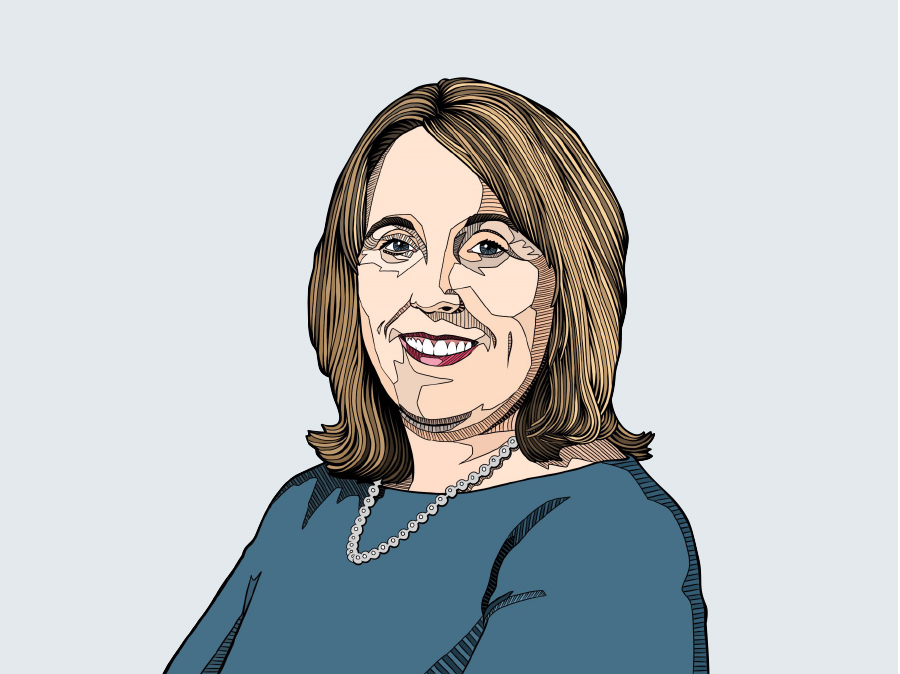
The awful news of the killing of Sarah Everard last month was a sobering moment for all of us in the UK and beyond. My thoughts are with her family at this terrible time.
Throughout my own career there have been many occasions when I have turned down opportunities to meet colleagues after work or attend networking events because I didn’t feel comfortable travelling home afterwards. It’s a dilemma all working women must wrestle with: do we miss out on these career-enhancing opportunities or take a chance on getting home safely?
The stories shared by too many others on social media show how common it is to wrestle with this challenge. Statistically, almost two thirds of women in the UK report they have experienced sexual harassment in a public space, increasing to 85% for those 18-24. We have an absolute duty to address this, as professionals who can influence the building of safe and vibrant public spaces that are accessible to all.
First, we can help bring more female voices into the conversation. Around 78% of the UK design workforce currently is male, so it is unsurprising that too few spaces have been designed with the needs of women in mind and female safety is too often an afterthought. There are simple changes that can be made, but we need to encourage more women to join the profession and start planning places that have women’s needs woven in from the beginning. Equally, we need more women on decision-making bodies and planning committees to improve proposals at an early stage.
Second, we can think about the events and networking that we are hosting and the opportunities we may be inadvertently denying people. We can take our learnings from the pandemic and host more inclusive networking events virtually or host some events at times that won’t make it difficult to get home afterwards. And of course, all leaders have a duty to ensure that our workplaces are truly safe spaces, free from harassment.
Third, as my presidential team colleague Ann Gray highlighted in her article on this topic, we can get more eyes on the street. The safest places are often the busiest places where different people actively want to come together. The pandemic has prompted us to think about how our cities will change as a result and there is a real opportunity to re-shape places to make them better for people. Safer cities can be cleaner and more sustainable cities too. Research on the Waltham Forest low traffic zone in London shows that there has been a 10% decrease in street crime since its introduction, with the greatest reductions in violent offences. This won’t be the answer everywhere but is one example of the kind of localized solution that authorities could consider in their response.
Sarah’s death was a tragedy that has shone a bright light on women’s personal safety. We owe it to women everywhere to play our part in creating a safer and more inclusive built environment and prevent this from happening again.
